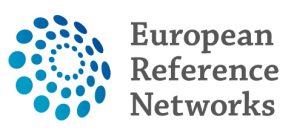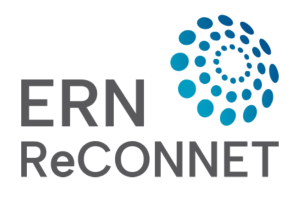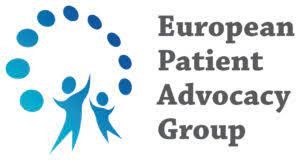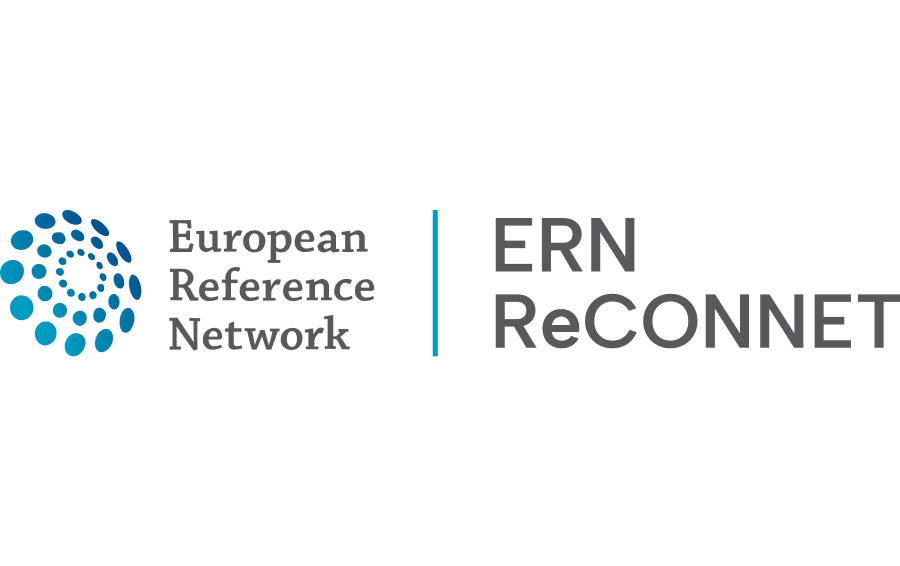ERN ReCONNET
Patients
Info on ERNs
Info on the European Reference Networks (ERNs) and ERN ReCONNET
 What are the ERNs?
What are the ERNs?
The ERNs gather doctors and researchers with high expertise in the fields of rare or low-prevalence and complex diseases. They are “virtual networks” which discuss the diagnosis and the best possible treatment for patients from all over Europe. The 24 ERNs were launched in 2017, involving more than 900 highly specialised healthcare teams, located in more than 300 hospitals in 26 European countries.
To search for the ERNs HCPs centers, please check the following link (interactive map).
Can the ERNs help patients?
The ERNs help patients with rare or low-prevalence complex diseases.
A disease is defined as rare when it affects fewer than 1:2.000 people, it is serious, chronic, and often life-threatening. Between 5.000 and 8.000 of rare diseases affect daily life of around 30 million people in the EU. Low-prevalence and complex diseases are conditions that combine a number of factors or symptoms and which are not common. They require a multidisciplinary approach with several possible diagnoses, are often difficult to test and interpret and/or have a high risk of complications.For such cases, the ERNs can bring the expertise that is often missing within your region or your country.
- ERN BOND, European Reference Network on bone disorders
- ERN CRANIO, European Reference Network on craniofacial anomalies and ear, nose and throat (ENT) disorders
- Endo-ERN, European Reference Network on endocrine conditions
- ERN EpiCARE, European Reference Network on epilepsies
- ERKNet, European Reference Network on kidney diseases
- ERN-RND, European Reference Network on neurological diseases
- ERNICA, European Reference Network on inherited and congenital anomalies
- ERN LUNG, European Reference Network on respiratory diseases
- ERN Skin, European Reference Network on skin disorders
- ERN EURACAN, European Reference Network on adult cancers (solid tumours)
- ERN EuroBloodNet, European Reference Network on haematological diseases
- ERN eUROGEN, European Reference Network on urogenital diseases and conditions
- ERN EURO-NMD, European Reference Network on neuromuscular diseases
- ERN EYE, European Reference Network on eye diseases
- ERN GENTURIS, European Reference Network on genetic tumour risk syndromes
- ERN GUARD-HEART, European Reference Network on diseases of the heart
- ERN ITHACA, European Reference Network on congenital malformations and rare intellectual disability
- MetabERN, European Reference Network on hereditary metabolic disorders
- ERN PaedCan, European Reference Network on paediatric cancer (haemato-oncology)
- ERN RARE-LIVER, European Reference Network on hepatological diseases
- ERN ReCONNET, European Reference Network on connective tissue and musculoskeletal diseases
- ERN RITA, European Reference Network on immunodeficiency, autoinflammatory and autoimmune diseases
- ERN TRANSPLANT-CHILD, European Reference Network on Transplantation in Children
- VASCERN, European Reference Network on Rare Multisystemic Vascular Diseases
 How can ERN ReCONNET help you?
How can ERN ReCONNET help you?
ERN ReCONNET aims to improve early diagnosis, patient management, care delivery, and virtual discussion of clinical cases within the network and with affiliated centres. The use of information technologies (IT), like the Clinical Patient Management System (CPMS), a secure web-based application to support ERNs in the diagnosis and treatment of rare or low prevalence complex disease or conditions across national borders, facilitates the interaction between centres.
The Network improves scientific knowledge of Rare Connective Tissue and Musculoskeletal Diseases (rCTDs) and facilitates the creation of large databases to identify new clinical or biological markers to aid diagnosis. Educational programs for patients and families are developed and disseminated such as webinars, and new guidelines and scientific publications as supplements, and quality measures are implemented. Improved therapeutic protocols and greater patient involvement are also priorities.
In addition, 5 Working Group (WG) are formally established in ERN ReCONNET to further support its actions and initiatives:
- WG Education and Training
- WG Patients’ Partnership
- WG Research and Quality of care
- WG Registry and eHealth
- WG ERN young
What are rCTDs?
The rCTDs comprise a large number of diseases and syndromes, with a tremendous impact on patient well-being. This network groups rCTDs into three main thematic groups: Rare autoimmune, complex autoimmune, and rare hereditary connective tissue and musculoskeletal diseases.
In particular, the ERN ReCONNET currently covers the following rCTDs:
- Antiphospholipid syndrome (APS)
- Ehlers-Danlos syndromes (EDS)
- Idiopathic inflammatory myopathies (IIM)
- IgG4-related diseases (IgG4)
- Mixed connective tissue diseases (MCTD)
- Relapsing polychondritis (RP)
- Sjögren’s syndrome (SS)
- Systemic lupus erythematosus (SLE)
- Systemic sclerosis (SSc)
- Undifferentiated connective tissue diseases (UCTD)
 Do you need more info?
Do you need more info?
The lists of all ERN ReCONNET ePAGs and patient organizations are available for consultation. The Information Flyers developed by the European Commission for patients in 28 European languages can be found here (free to be downloaded).
 How can ERN ReCONNET help you?
How can ERN ReCONNET help you?ERN ReCONNET aims to improve early diagnosis, patient management, care delivery, and virtual discussion of clinical cases within the network and with affiliated centres. The use of information technologies (IT), like the Clinical Patient Management System (CPMS), a secure web-based application to support ERNs in the diagnosis and treatment of rare or low prevalence complex disease or conditions across national borders, facilitates the interaction between centres.
The Network improves scientific knowledge of Rare Connective Tissue and Musculoskeletal Diseases (rCTDs) and facilitates the creation of large databases to identify new clinical or biological markers to aid diagnosis. Educational programs for patients and families are developed and disseminated such as webinars, and new guidelines and scientific publications as supplements, and quality measures are implemented. Improved therapeutic protocols and greater patient involvement are also priorities.
The rCTDs comprise a large number of diseases and syndromes, with a tremendous impact on patient well-being. This network groups rCTDs into three main thematic groups: Rare autoimmune, complex autoimmune, and rare hereditary connective tissue and musculoskeletal diseases.
 Do you need more info?
Do you need more info?The lists of all ERN ReCONNET ePAGs and patient organizations are available for consultation. The Information Flyers developed by the European Commission for patients in 28 European languages can be found here (free to be downloaded).



